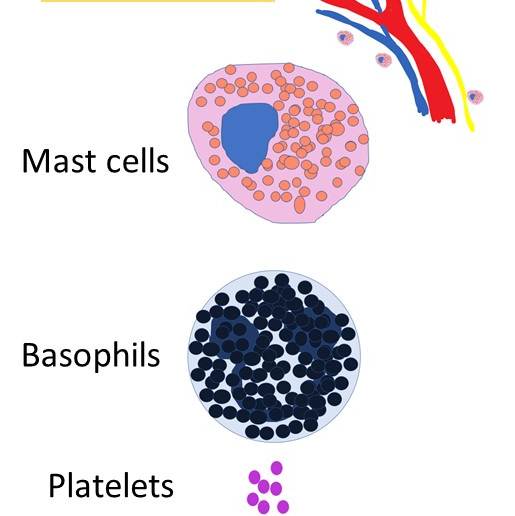What is an autoimmune disease?
An autoimmune disease occurs when the immune system mistakenly attacks the body’s own tissues. This happens due to an immune reaction against self-antigens.
When can a disease be classified as an autoimmune disease?
A disease is classified as autoimmune when:
There is an immune reaction specific to self-antigens or tissues.
The reaction is primary and not a result of tissue damage.
There is no other well-defined cause for the disease.
What are the types of autoimmune diseases?
Autoimmune diseases can be:
Organ-specific: For example, Type 1 diabetes and multiple sclerosis.
Systemic: For example, systemic lupus erythematosus.
Midway examples: For example, Goodpasture syndrome, which affects both the lungs and kidneys.
What is self-tolerance in the immune system?
Self-tolerance is the ability of the immune system to not attack the body’s own cells and tissues. It’s crucial for preventing autoimmune diseases.
What are the two types of self-tolerance?
The two types are:
Central tolerance: Occurs in the thymus and bone marrow during the maturation of lymphocytes.
Peripheral tolerance: Occurs outside the primary lymphoid organs and prevents activation of self-reactive lymphocytes.
How does central tolerance work for T cells?
In the thymus, immature T cells interact with thymic antigen-presenting cells. If they strongly recognize self-antigens, they are either eliminated through apoptosis (clonal deletion) or converted into T regulatory cells.
How does central tolerance work for B cells?
In the bone marrow, if immature B cells recognize self-antigens strongly, they can:
Undergo receptor editing to change their receptors.
Be eliminated through apoptosis if editing fails.
Become functionally unresponsive (anergy) if they weakly recognize self-antigens.
What happens if some self-reactive lymphocytes escape central tolerance?
They are managed by peripheral tolerance mechanisms, which include:
Co-inhibition: Inhibitory receptors on T cells render them inactive.
Suppression by T regulatory cells: These cells inhibit the activation of self-reactive lymphocytes.
Deletion by apoptosis: Self-reactive T cells are eliminated in the periphery.
What are immune privileged sites?
Immune privileged sites, like the brain and testes, have antigens hidden from the immune system. They do not typically elicit an immune response. However, if these sites are damaged, an immune response can occur, leading to inflammation and injury.
What is the role of the autoimmune regulator (AIRE) in central tolerance?
AIRE helps thymic antigen-presenting cells express a wide range of self-antigens. This is crucial for deleting self-reactive T cells. Mutations in AIRE can lead to autoimmune polyendocrine syndrome type 1.
How can regulatory T cells prevent autoimmune diseases?
Regulatory T cells (Tregs), especially those expressing CD4 and FoxP3, secrete immunosuppressive cytokines that inhibit the activation of other lymphocytes and help maintain self-tolerance.
Watch the video on our YouTube channel for a detailed explanation of autoimmune diseases and self-tolerance mechanisms. Practice questions available through the AI study tool, wisdolia, for interactive learning.







